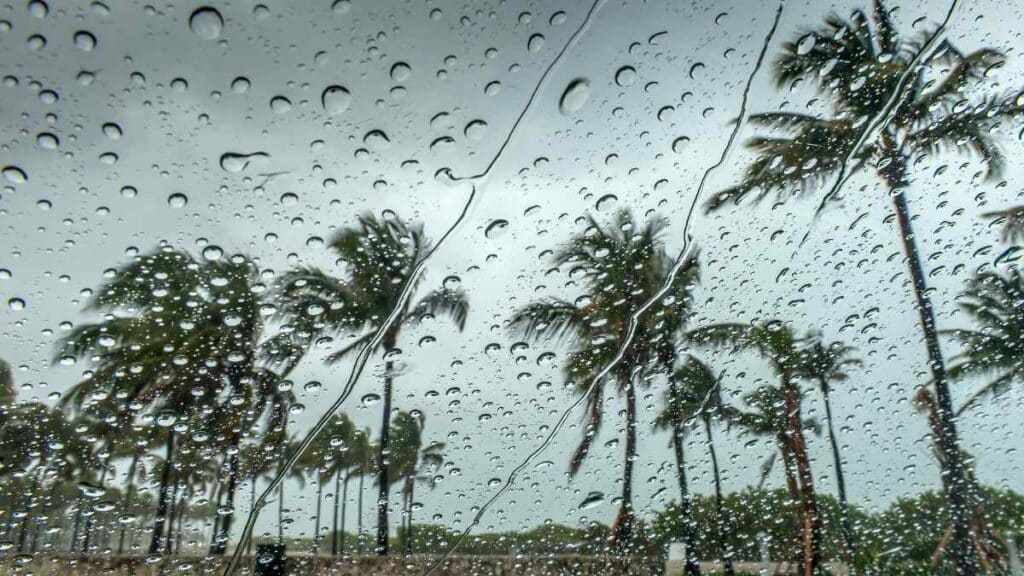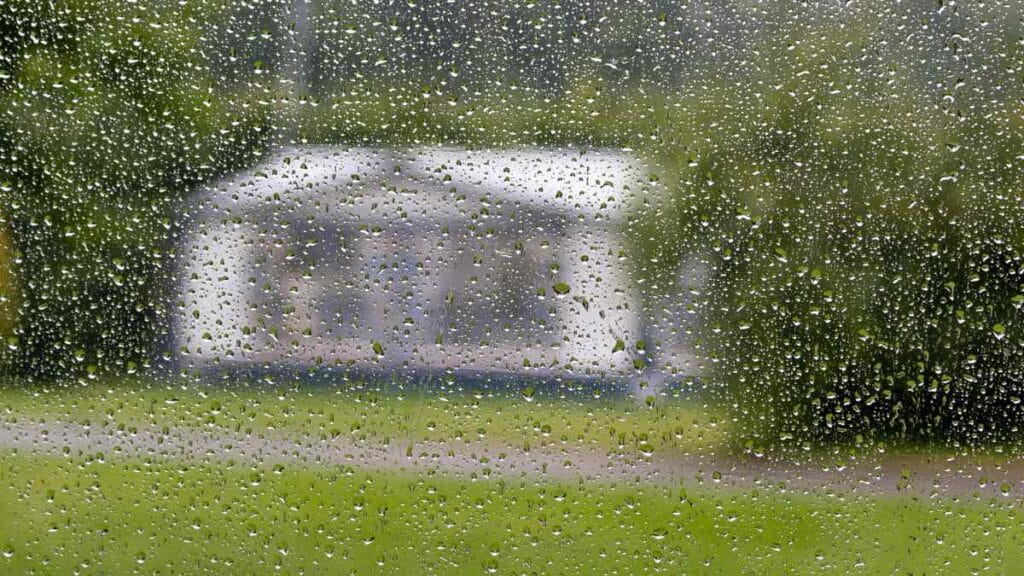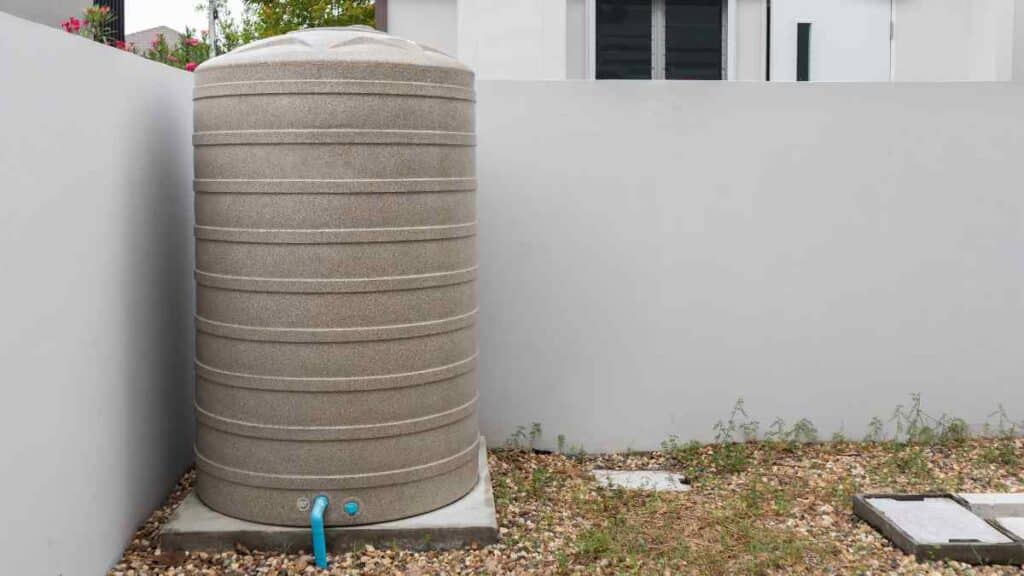As the brooding clouds of hurricane season loom on the horizon, preparedness becomes our most formidable defense against nature’s fury. One of the most fundamental, yet often overlooked, aspects of this preparedness is ensuring an adequate water supply. Access to clean, potable water can become compromised during a hurricane, turning this basic necessity into a scarce commodity overnight.
The ability to stay hydrated, maintain hygiene, and even cook can drastically affect our ability to weather the storm—both literally and figuratively. This article delves into the significance of water storage, offering insights and practical steps to ensure that when the winds howl and the rains pour, you and your loved ones are well-equipped and water-secure.

Understanding the Need for Water Storage
As the ominous clouds gather and a hurricane warning is issued, understanding how to store water for hurricane season becomes vital. But why is water storage so crucial? The answers lie not just in our human hydration needs but also in the myriad other tasks that necessitate clean water.
Human hydration needs
The average person requires about one gallon of water per day for drinking purposes. For those in warmer climates, nursing mothers, or individuals with specific medical conditions, this amount can be higher. Given the unpredictable nature of a hurricane or tropical storm, experts like the Red Cross recommend keeping a two-week supply, amounting to at least 14 gallons of water for each individual. When considering your emergency kit, it’s essential to factor in this critical gallon of water per day metric.
Non-drinking purposes
Beyond the primary need for drinking water, we must also remember the myriad other uses of water during a storm. Sanitation becomes paramount, especially when you’re attempting to ward off disease-causing organisms. Water is required for washing hands, flushing toilets, and cleaning dishes. Cooking, especially if reliant on non-perishable food items, can also necessitate a fair amount of water. Moreover, an emergency aid kit, which is a great idea for hurricane preparedness, often requires clean water for cleaning wounds and injuries.
Possible disruptions to the water supply
A hurricane or tropical storm can wreak havoc on public water supply systems. Power outages, often a byproduct of a storm, can impair the delivery of tap water. Even if the tap water does flow, it might not be safe to drink. Contaminated water can carry toxic substances, heavy metals, and other contaminants that can be harmful if consumed. Following a hurricane, standing water or flooded areas can infiltrate the public water supply, rendering it unsafe.
How should one prepare?
Storing water in clean containers is the first step. Soda bottles, after being sanitized, can be a reliable choice, given their resistance to direct sunlight and their ability to maintain a fairly constant cool temperature when placed in a dark place. Avoid containers that previously held toxic substances. Before storing, ensure every empty sanitized container air dry, to prevent unwanted microbial growth. Once the container is ready, fill it with tap water (if it’s certified safe) or boiled water, once it’s cooled down. If using tap water, a sanitizing bleach solution made from unscented liquid household bleach can be added to kill off any remaining pathogens. Ensure the sanitizing bleach solution touches all inside surfaces of the container.
Labels indicating the storage date on each container can be helpful. You can find specialized water containers at camping supply stores, which are designed explicitly for long-term water storage. Store water containers in a cool, dark place away from direct sunlight, as this can lead to algal growth. Regularly check containers for any signs of leakage or spoilage.

Types of Water Storage Solutions
In the face of a natural disaster, access to clean drinking water becomes paramount. As part of our hurricane prep, understanding the diverse water storage solutions available can make the difference between having a safe, adequate supply and facing a dire water shortage. This column delves into the commercially available water storage containers, highlighting their pros and cons, as well as DIY methods that can be just as effective.
Commercially Available Water Storage Containers:
1. Gallon Jugs:
- Pros: Easily available, portable, and can be stacked for space optimization. Suitable for individual or small family use.
- Cons: Limited capacity, prone to leaks over time, expiration date can limit the shelf life of the stored water.
2. Large Storage Barrels:
- Pros: High capacity – ideal for extended power outage scenarios or larger families. Made of food-grade materials that can keep water uncontaminated for extended periods.
- Cons: Less portable, requires dedicated space, and can be more challenging to clean and sanitize.
3. Water Pouches:
- Pros: Compact, easily stored in emergency supplies kits, and have a longer shelf life than typical bottled water.
- Cons: Limited volume, might not be cost-effective for large quantities, potential for punctures.
DIY Water Storage Methods:
1. Cleaned Soda Bottles:
- Pros: Readily available and an eco-friendly reuse of materials. Resistant to light and chemicals when stored correctly.
- Cons: Limited capacity, and they need thorough cleaning with a sanitizing solution made from unscented liquid household bleach to ensure they’re free from any residues.
2. Bathtubs:
- Pros: Significant storage capacity. In anticipation of a storm, one can fill a tub to ensure a sizable emergency water supply.
- Cons: Water may not remain clean for extended periods. Not ideal for drinking but can be used for non-potable purposes, like flushing toilets. Boil water from bathtubs before considering it for consumption.
3. Food-Safe Containers:
- Pros: Made explicitly for containing food and beverages, ensuring the absence of harmful chemicals. Available in various sizes to cater to different needs.
- Cons: Some might not be airtight or optimized for long-term water storage. Requires cleaning and sanitizing.
For any storage method, remember to keep the stored water in a cool place, away from direct sunlight. Before storing water, especially in an empty container, it’s essential to ensure it’s clean. A rinse with a sanitizing solution or a wipe with a clean cloth can help. Once stored, periodic checks can ensure the water remains safe for consumption. If unsure about the water’s safety, boiling can serve as an effective disease control method, rendering water safe for drinking.

Conclusion
As we’ve navigated the channels of water storage, it’s evident that planning ahead is the cornerstone of hurricane preparedness. Ensuring an adequate supply of clean drinking water is not just about quenching thirst; it’s about safeguarding health, hygiene, and a sense of security in the midst of nature’s unpredictability. Whether we choose commercially available solutions or adopt DIY methods, the goal remains unwavering: to be water-wise.
Let us take the lessons learned in “Storing Water Wisely: Preparing for Hurricane Season” and act proactively. When the storm clouds gather, with our water reserves ready, we can face the tempest not with fear, but with the assurance that we’ve prepared to the best of our ability. Safe storage today paves the path for a secure tomorrow, even in the face of the fiercest hurricane.
Did this article help you? Please let us know! And if you have any questions, please feel free to ask away.



